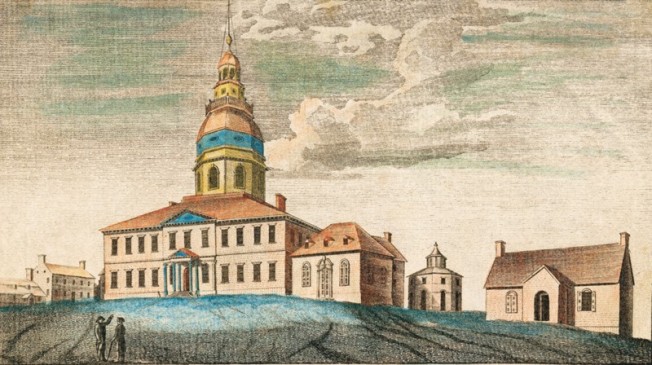
Figure 1. Charles Willson Peale, A Front View of the State-House &c. at Annapolis the Capital of Maryland, ca. 1789. This illustration was made soon after the completion of the dome. The acorn is barely visible above the dome. Maryland State Archives.
Graffiti has been around since the dawn of humanity, it seems. Considered in the right light, some people might deem Neolithic cave art as a form of graffiti. Archaeologists working at Pompeii uncovered many examples of graffiti, much of it x-rated. In my childhood, a popular youthful pastime was to paint the town’s water tower; today tagging boxcars and the sides of buildings with names is commonplace. So it should not be surprising that some residents of 19th-century Annapolis found a similar way to immortalize themselves at the Maryland State House.
In 1694, the capital of the Maryland colony was moved from St. Mary’s City to Anne Arundel Town, which was renamed Annapolis the following year. Perhaps one of the most iconic landmarks in Annapolis is the State House, whose cornerstone was laid on March 28, 1772 (Brugger 1988). Completed in 1779, it today is the oldest state house still in legislative use (MSA 2007). Continue reading




